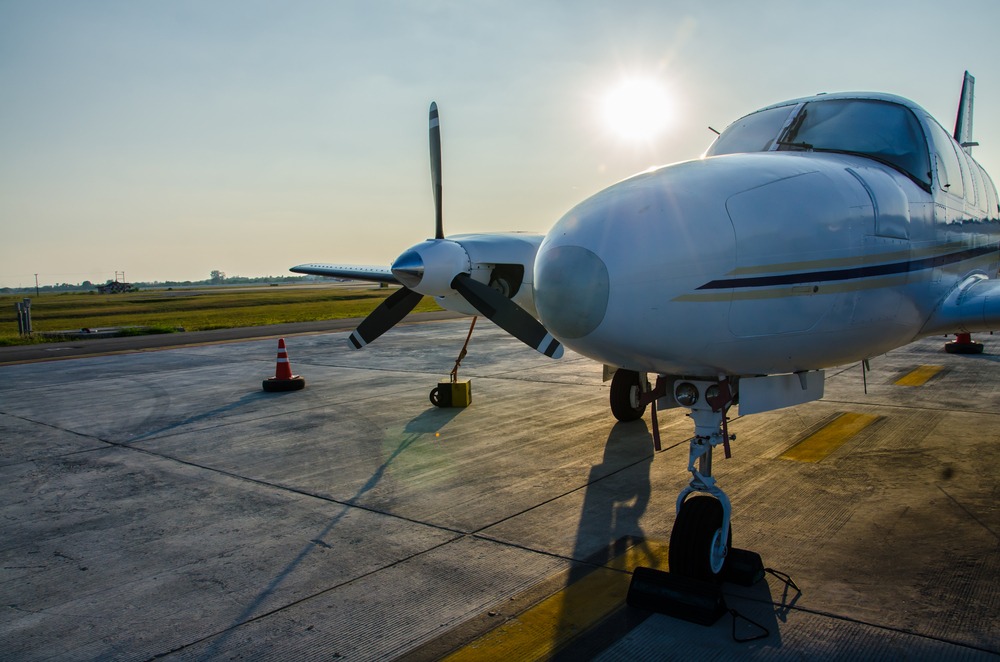
An assessment by Compass Lexicon accountants on behalf of Airlines for America has found that airline competition has benefited small carriers.
The number of competitors per market has increased since 2000, and many budget carriers have been able to enter the market. This has led to fares that are near historic lows. During the fourth quarter of 2016, fares were the lowest they had been since the Bureau of Transportation Statistics began reporting in 1995.
Smaller carriers have been growing at a much faster rate than larger carriers. Sun Country, for example, has grown 12.8 percent since 2011 while American, Delta and United have only increased 3 percent.
“Small carriers with low cost structures have captured nearly all the growth in domestic demand since 2007,” the assessment said.
The presence of smaller carriers in a market has put pressure on the larger carriers to lower their fares and has led to the cost per mile of domestic fares to drop 40 percent since 1990.
In recent years, larger carriers also have begun competing aggressively against one another in each other’s hubs while smaller carriers have moved into the same hubs.
While airfares have declined, 9/11 has made flying more time consuming and less convenient, and has caused what Compass Lexicon calls a permanent drop in demand.